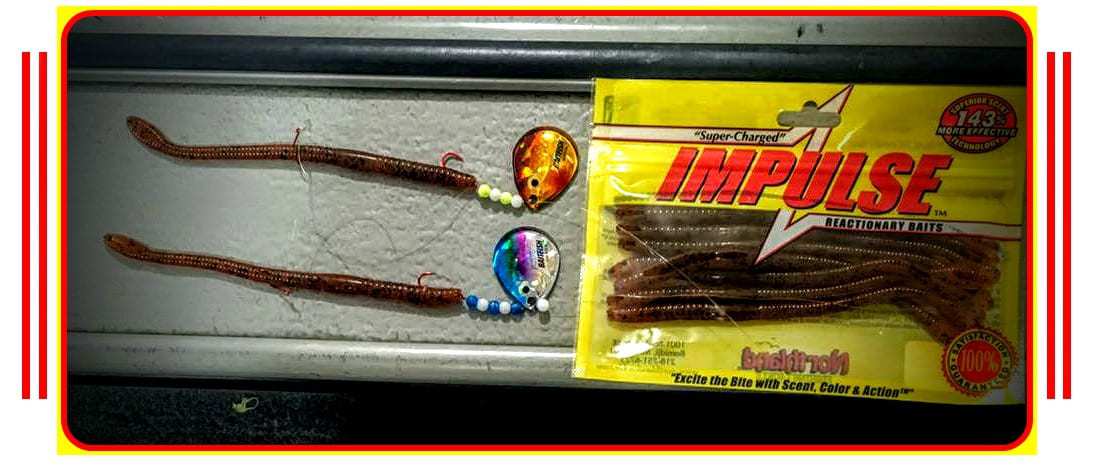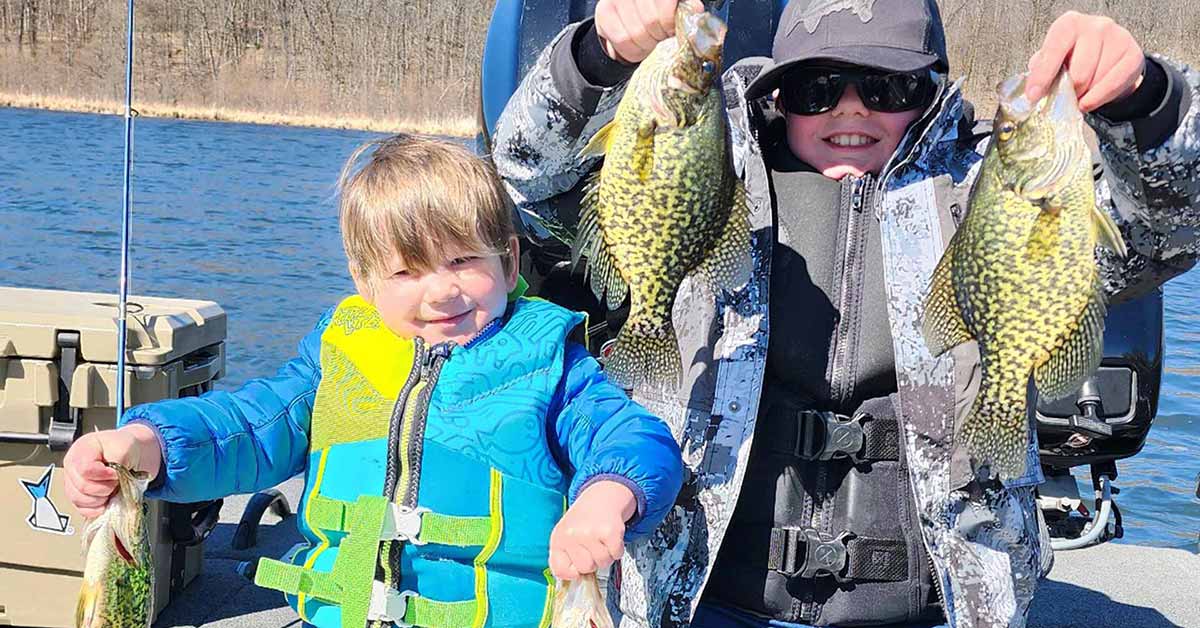Summer fishing patterns are starting to get into full swing here in my home state of Minnesota. The walleyes have long since completed their spawn and are now off in search of forage. A lot of anglers target mid-lake structure during this time period. I am no different. However, an often overlooked pattern is longlining spinner rigs and crankbaits over emerging cabbage weeds or rocks. This can be a fantastic way to put fish in the boat, especially on the wind driven shoreline. The wind pushes the baitfish shallow, and in turn the predator fish show up to feed. For this technique, I focus on depths between 6’ to 14’ the majority of the time.
There will be shallow water walleyes year round on most bodies of water. In Minnesota, the DNR raises walleyes in rearing ponds to stock as yearlings. These fish learn to hunt in the weeds, so naturally they will do so once introduced into the lake. They will often feed heavy during low light conditions or if there is a good windblown shoreline to work during the day.
Crankbaits
To target these fish, I like to troll small or shallow diving crankbaits and spinner rigs. Some of the crankbaits I like to use are #10 or #12 Rapala Husky Jerks, #4.5 Salmo Hornets, and the #3 Lindy River Rocker. These particular crankbaits will run 6’ to 9’ with 100’ of line out (Dive Curves are tested with 100’ of #10 mono or #6 braid). Being we are fishing shallow water, the further I can get my lure behind the boat, and be in the fishes strike zone the better off I feel I am. That being said, if you have a good chop on the water, perhaps even some cloud cover you can get away with being in the neighborhood of say 65’ to 75’ feet behind the boat.
Shallow water walleyes are typically actively feeding walleyes. I try and take advantage of the fish’s aggressive nature by traveling between 1.5mph to as fast as 2.7mph. I try to zig-zag along the shoreline break I am working until I figure out where the fish are holding. When you are zig-zagging along, be mindful of what rod you get a strike on. This will indicate the speed they prefer. If you are making a left turn for example, your left lure will slow in speed, while your right lure will gain speed. This is often a trigger for predator fish such as the walleye. This is how I try to tune in my target trolling speed. Remember from what I stated in a previous article about trolling—Better too high, than too low…Better too fast, than too slow!
Spinner Rigs
For my spinner rigs I like to hand tie them to get the length I want (I use #10 to #12 fluorocarbon line most of the time). For shallow water applications, I like my spinner rig to be anywhere from 3’ to 4 ½’ in length. I like to use larger blades too in shallow water. The larger spinner, such as Northland Tackle’s #5 baitfish spinner helps provide a lot of lift along with vibration and flash. I will then tie it to a small ant swivel and place a bullet style sinker on my main line. The weight will vary depending on the speed, depth, and conditions. The bullet sinker pulls through the pockets of cabbage weeds better than any other style of sinker I have found. For the most part, I run 1/8oz to 1/4oz the majority of the time. I tip my spinner rig with either a Northland Tackle Impulse crawler (2-hook rig) or an Impulse minnow (single hook rig). The Impulse plastic is scented and has amazing action in the water. What I really like, is not having to rebait or wondering if I still have bait on if I happen to miss a fish! Northland Tackle offers a wide variety of baitfish orientated spinner colors to help match your favorite lakes forage base.
I get asked this question a lot. How do you know how far behind the boat your lure is if you don’t have a line counter reel? Well, it’s actually pretty simple. On most rod/reel combinations the distance from the reel to the first guide on your rod is around 20”or so. I am usually using a medium to medium heavy rod that’s around 7’ in length. I run my lure to the butt end of the rod and slowly start letting it out by grabbing the line and pulling to that first guide (keeping count as I go). For example (35 x 20 =700/12 = 58’ + 7’ for my rod = 65’ to the tip of my rod). While this may seem tedious, it works! Another thing you will find is that you may just get a strike while letting your line out like this. Meaning the fish are feeding higher, which in part signals me to at least set one rod higher for a pass or two along the structure I am working.
Give these methods a try this summer. When the conditions are right, you won’t be disappointed!
Travis Sorokie
HSM Outdoors
Northland Tackle
Rapala










